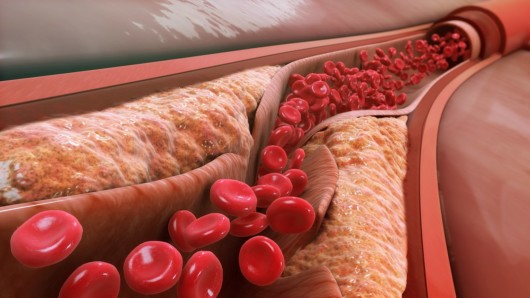The term cholesterol refers to a type of fat that the body needs for various functions, including the production of certain hormones and cell membranes.
In scientific terms, cholesterol is a lipoprotein. This is a compound made from the combination of fats and proteins, which are responsible for the transportation of cholesterol throughout the body.
The body naturally manufactures most of the cholesterol you need in the liver. However, it can also be obtained through certain foods. The foods have to be from animal products like meat and dairy because plants do not produce cholesterol. The protein that is made in the body is known as endogenous cholesterol, while the one found in food is called exogenous cholesterol.
The Role of Cholesterol in the Body
There are three main roles of cholesterol in the body;
- It aids in the production of sex hormones
- It also acts as a building block for human tissues
- It plays a significant role in the production of bile. Bile is produced in the liver, where cholesterol is also produced.
Dangers of High Levels of Cholesterol Levels

While cholesterol plays a couple of significant roles in the body, high cholesterol levels can be very dangerous, so it’s important to know how to reduce cholesterol. Cholesterol levels are measured through blood tests. Blood is drawn from the body in the morning before you have had any food. Persistently high cholesterol levels may cause:
Coronary Artery Disease
Coronary Artery Disease is a condition that arises when fatty plaques made of cholesterol combine with other lipids in the body and blood cells and stick to the wall of the coronary artery.
This leads to the narrowing of the walls of the artery, and the condition known as atherosclerosis. The coronary artery is the primary vessel that supplies blood to the muscular walls of the heart. The narrowing on the walls of the coronary artery may not completely hinder the flow of blood. However, it causes the heart to work harder. This eventually leads to insufficient blood flow to the heart, which may result in injuries to the heart muscle leading to chest pains.
Ischemic Heart Disease
This is a condition that is brought on by deprivation of oxygen to the heart. The lack of oxygen is a result of the narrowing of the walls of the coronary artery.
Heart Attack
In the worst scenarios, the fatty plaques rupture and cause blood clots, which completely block the arteries. This issue can result in the death of a part of the heart muscle and a heart attack.
Stroke

Atherosclerosis does not only affect the coronary artery but other arteries like the carotid and vertebral. High cholesterol levels result in clots in these blood vessels, which can completely cut off the flow of blood.
In case the clot moves from the original position where it was formed through the bloodstream, it can end up lodged in the artery that supplies blood to the brain. By causing an insufficient flow of oxygen to the brain, this can lead to a stroke, specifically an ischemic stroke. This risk is confirmed in scientific studies which show an association between LDL cholesterol levels and stroke.
Importance of HDL
Good cholesterol helps to maintain the health of the cardiovascular system. HDLs also help in the elimination of LDL, or ‘bad’ cholesterol, from the arteries. They do so by carrying the bad cholesterol back to the liver. At the liver, the cholesterol is broken down and disposed of.
You can recognize if you suffer from high levels of cholesterol if you experience such symptoms as chest pains and shortness of breath, to name a few. In worse scenarios, people discover the issue when they suffer from heart attacks or stroke. Regular medical checkups can, however, spot the problem early enough that it can be managed through the use of medication and lifestyle changes.



